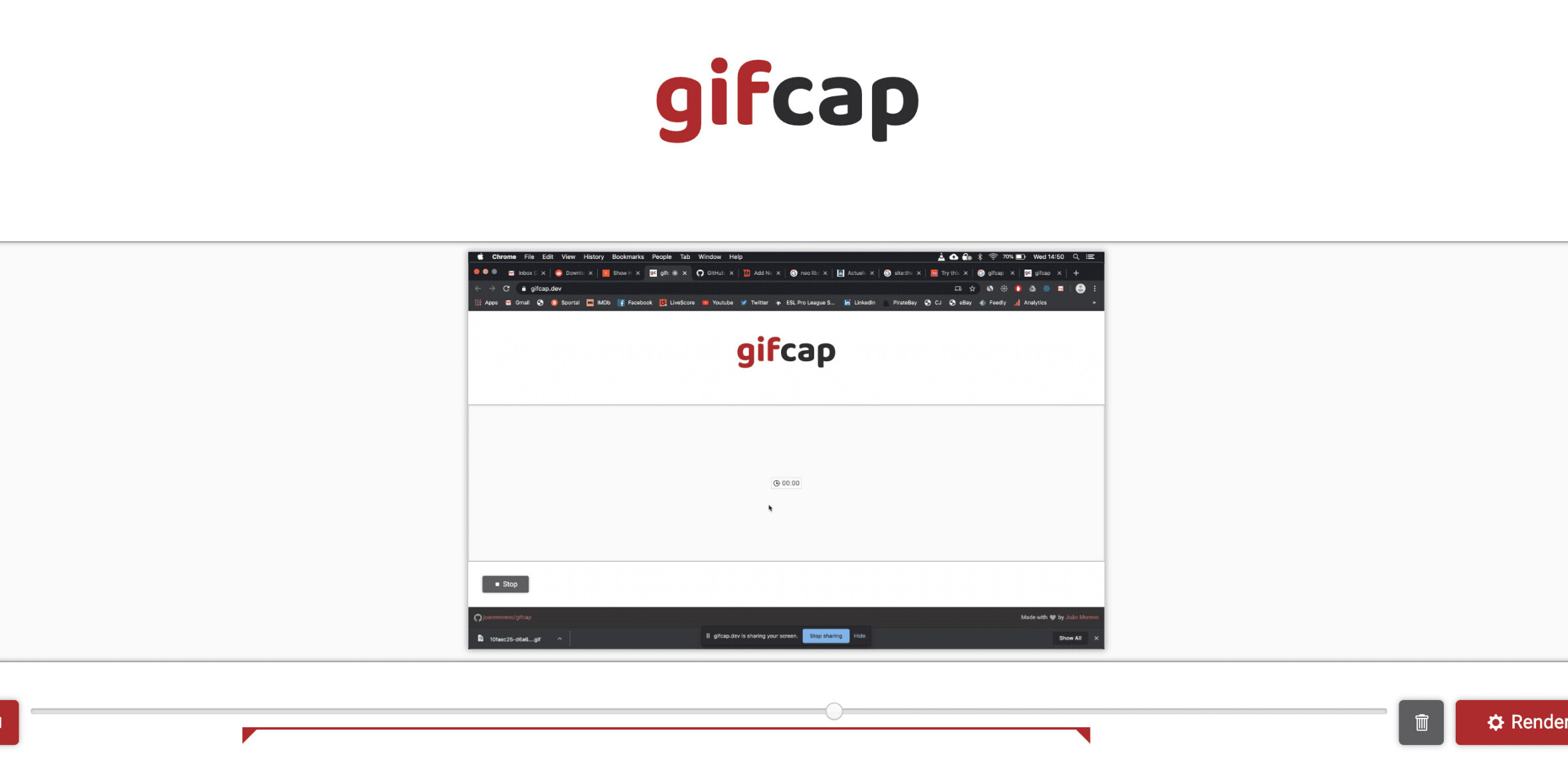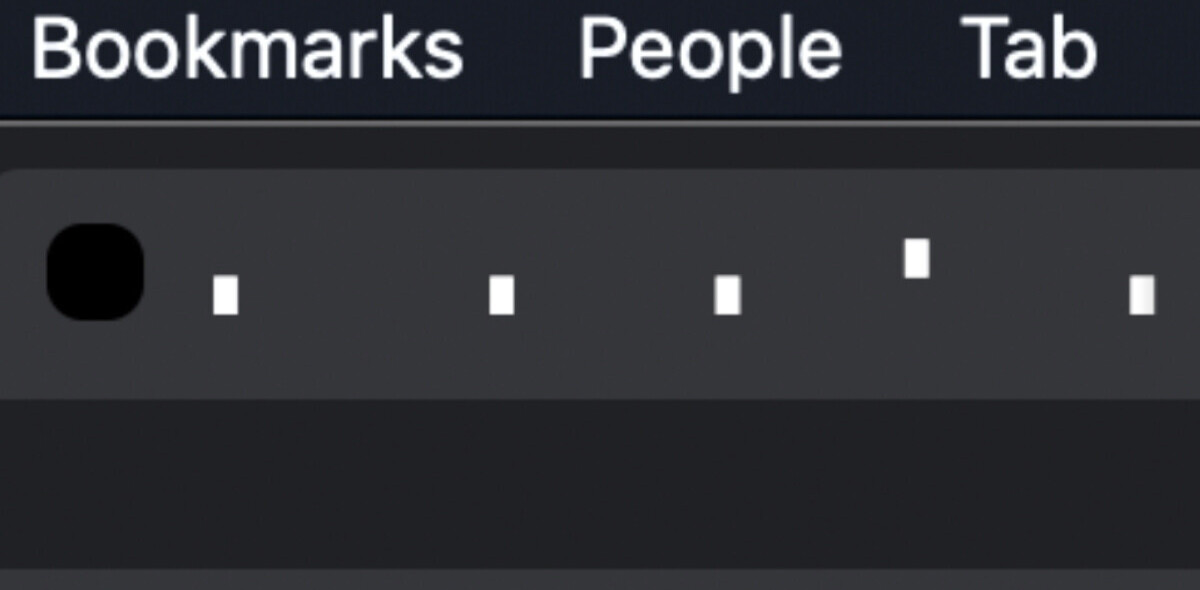
IE10 is final and ready to ship with Windows 8. Chrome is fearlessly pushing forward with the release of version 22 last week. Firefox is still trying to fight both with the release of version 15 in late August. The latest market share numbers from Net Applications show big changes are afoot.
Between August and September, Internet Explorer and Firefox managed to gain a mere 0.03 percentage points. Chrome fell a sizeable 0.27 percentage points, leaving Safari as last month’s biggest winner with gains of 0.16 percentage points. Opera gained 0.04 percentage points.
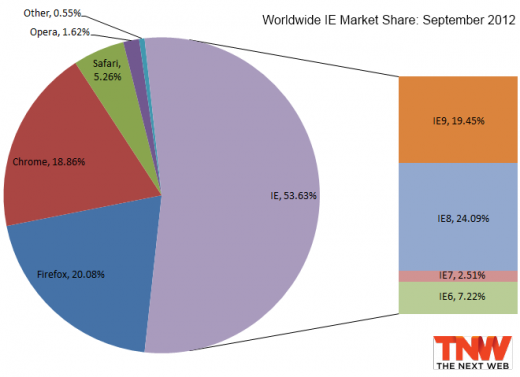
At 53.63 percent, Internet Explorer seems to be resisting indications it will lose the half the market share pie. With Windows 8 and IE10 being released next month, we’ll see if it can maintain dominance.
IE9, still the latest and greatest from Microsoft, captured 19.45 percent of the market last month (up by 1.05 percent percentage points). IE8 lost a whopping 1.18 percentage points and fell below the 25 percent mark, but it’s still the world’s most popular browser. IE7 fell 0.20 percentage points and IE6 unfortunately somehow managed to gain 0.30 percentage points. Web developers can’t wait for it to fall below 5 percent, and then continue to drop, but it seems to be holding on for dear life.
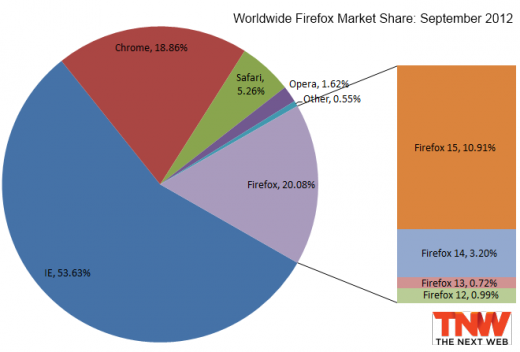
At 20.08 percent, Firefox is still below its peak, but seems to be refusing to lose its one-fifth of the market. It appears that Firefox 15 has not managed to help Mozilla regain overall market share, though it isn’t losing any more either.
Firefox 15 last month captured a whopping 10.91 percent of the market (up by 10.04 percentage points). Firefox 14 lost 9.52 percentage points, Firefox 13 fell 0.48 percentage points, and Firefox 12 dipped 0.14 percentage points. Firefox seems to be doing quite well in pushing new versions to its users, much like Google is with Chrome.
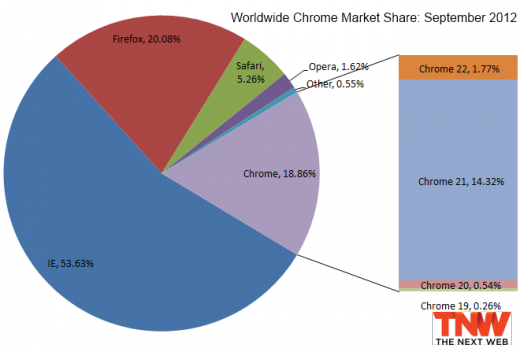
At 18.86 percent, Chrome is still just behind Firefox. I expect the drop in users this past month is just a blip, but I could be wrong. Chrome 22 will likely help Google catch up with Mozilla, though it’s not clear if it will take Chrome 23 to grab second place.
Chrome 22 has only captured 1.77 percent but that’s simply because it hasn’t had a full month of availability yet. Chrome 21 meanwhile fell 0.14 percentage points, Chrome 20 dropped 1.46 percentage points, and Chrome 19 dipped 0.07 percentage points. It won’t be long before the majority are on Chrome 22.
Before the end of the year, I expect IE9 to pass IE8, Chrome to pass Firefox, and IE10 to start a steady growth. Let us know in the comments if you would like to start seeing the breakdown for browsers on TNW and if so, we’ll try to work that into next months’ post.
Net Applications uses data captured from 160 million unique visitors each month. The service monitors some 40,000 Web sites for its clients.
Image credit: Hugo Humber
Get the TNW newsletter
Get the most important tech news in your inbox each week.
